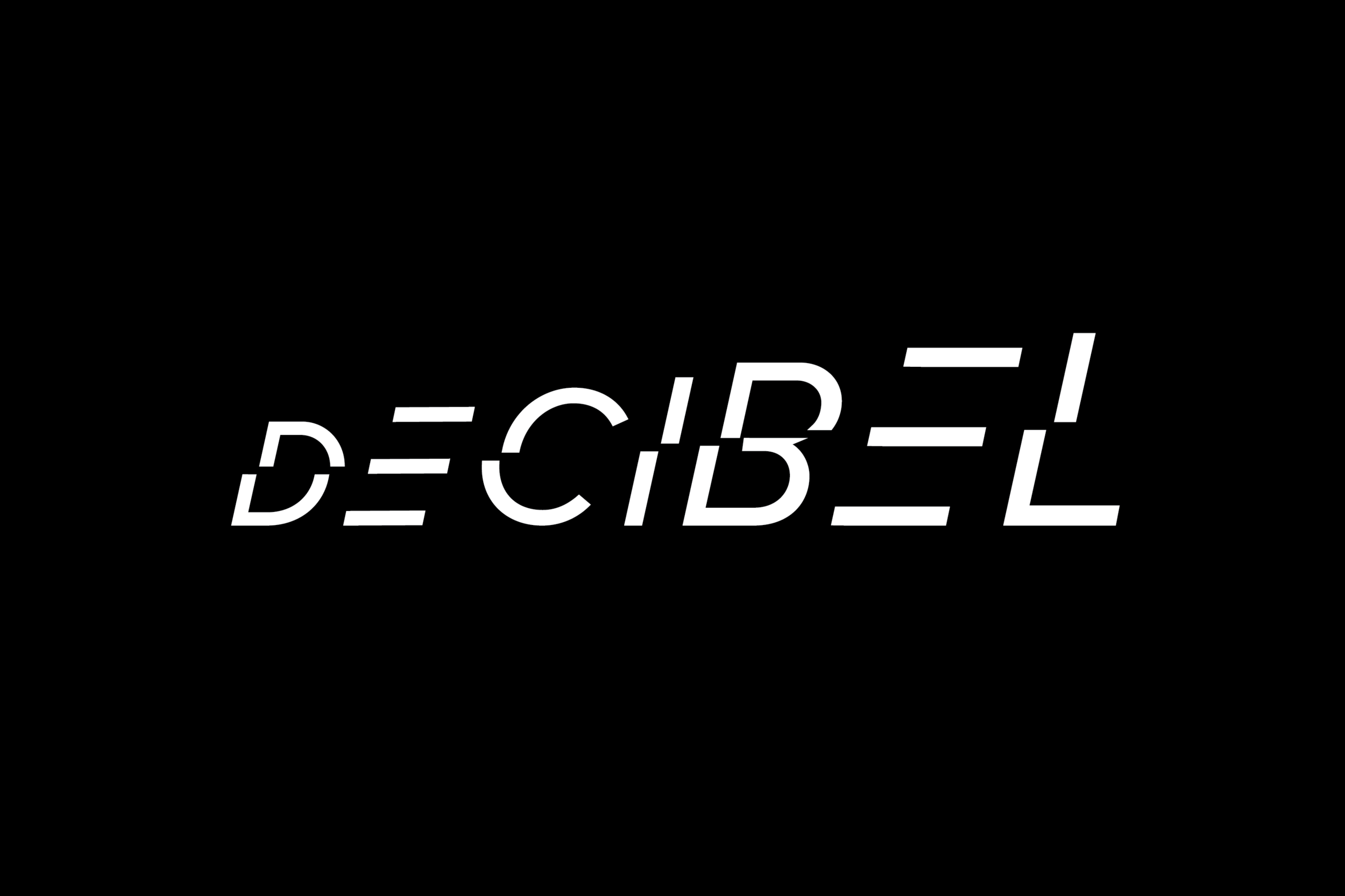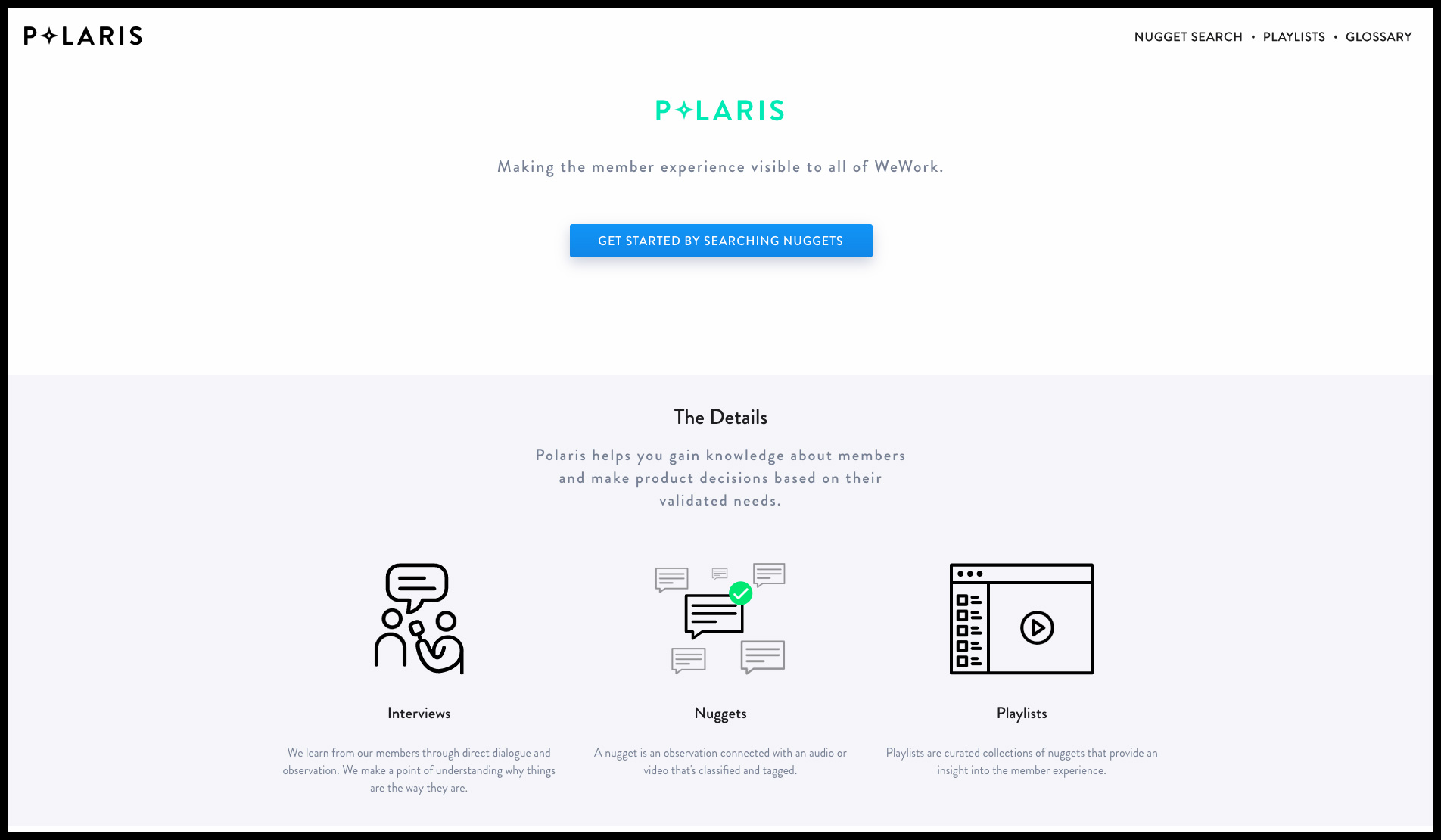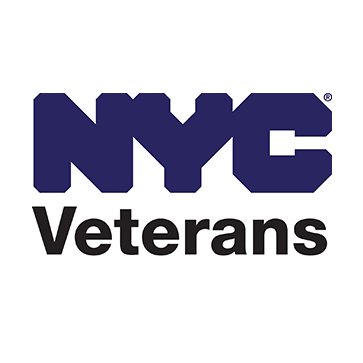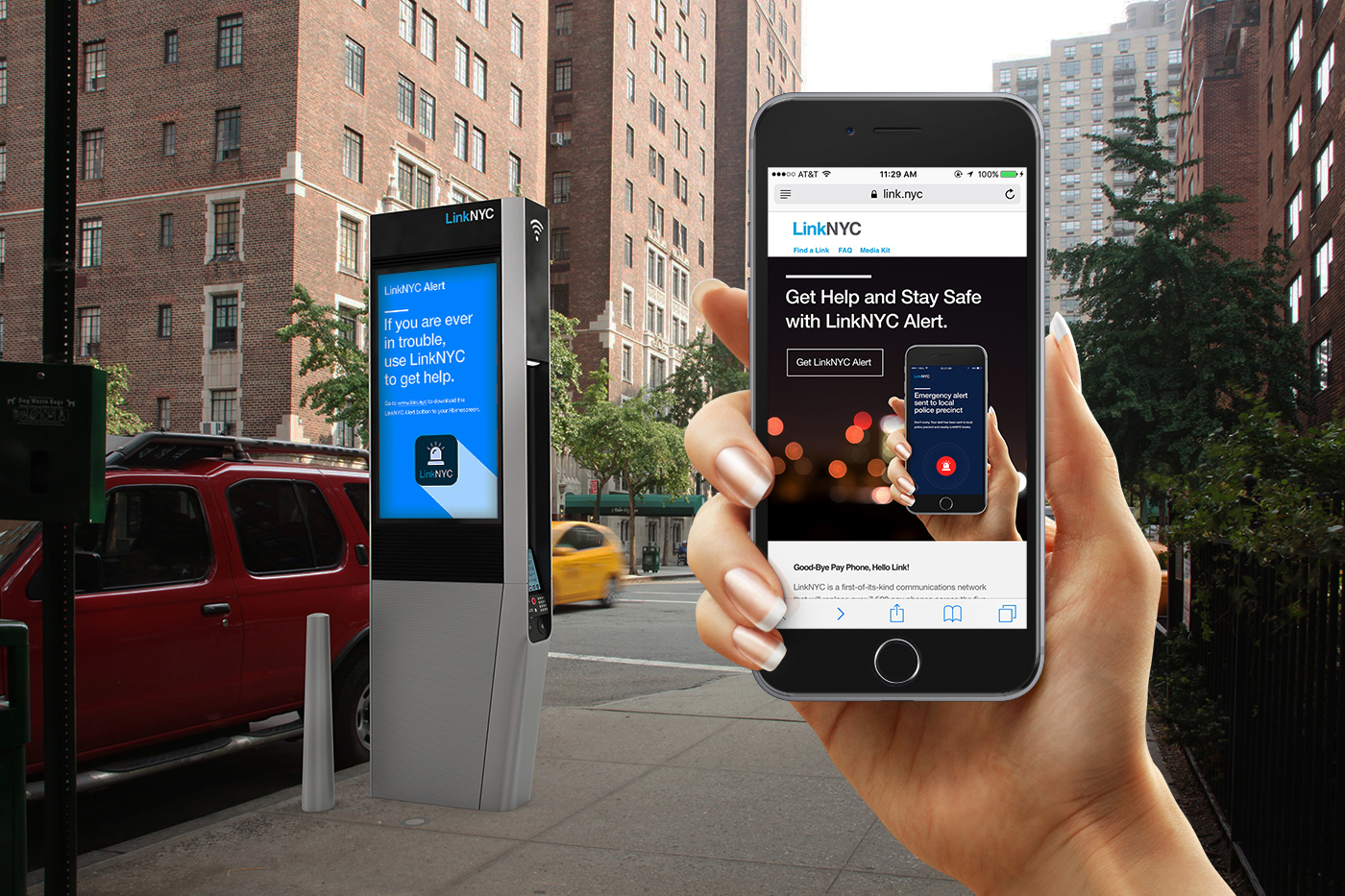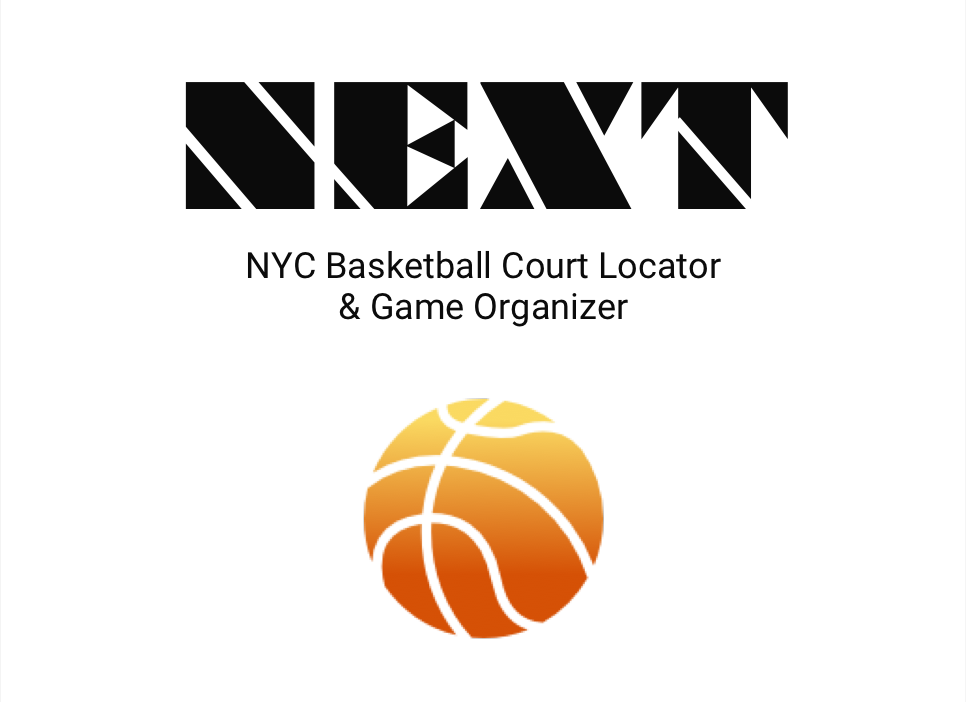How might emerging storytelling technologies be used to engage and retain younger audiences for NPR?
Product design: Developed mobile vr storytelling platform
In Our Shoes is an immersive first person storytelling platform that allows users to step into the middle of a story to gain vivid insights about people who live drastically different lives. Designed for mobile VR and the Google cardboard platform, users can immerse themselves in a series of human-interest stories created by NPR. All stories are categorized into different seasons based on their themes and users can contribute their own stories for any theme in a photo-text format (photos can be static or 360 image thumbnails), joining a growing community of inspiring storyteller.
We worked with stakeholders from NPR to develop this experience. The project was completed in three weeks and included design research (user interviews and stakeholder interviews), sketches, mockups, rapid prototyping, and visual design.
Scope: 3 Weeks
Other team members: David Al-Ibrahim and Saba Singh
My role: Conducted user and stakeholder interviews, created user journeys, sketched mock-ups, designed NPR Google Cardboard Education Kit
the problem:
NPR's broadcast audience is getting older–more than half of NPR radio listeners are now over the age of 50. Since 1985, over 60% of their audience was 44 or younger. However, by 2020 it is projected to be at half that level.
The process:
We began by analyzing research insights provided by NPR into the different type of users they currently have and the behaviors they demonstrated when using NPR's various platforms. The key insight was when users decided to skim content or dive into it depending on time constraints throughout the day.
We then interviewed non-users of NPR to gather insights about their news sources and the platforms they consume them on, as well as when they choose to skim or dive. They ranged in age from 15-29 years old.
A key insight that emerged from the interviews was that Millennials were using very non-traditional platforms as news sources, such as youtube, twitter, podcasts and other social media. They also were drawn to very personal human-centered stories that presented life experiences very different from their own.
This led us to look at emerging storytelling platforms as a way to engage younger non-traditional news consumers. We focused on Virtual Reality and Augmented Reality. We then sketched user journeys based on these platforms.
Sketch by Saba Singh
Sketch by Shane Strassberg
Sketch by David Al-Ibrahim
the design:
We wanted the content to be easily discoverable and accessible, so we designed this to be a mobile-first web platform that could also live within NPR's existing ecosystem. Since it would live on the web, it could also be shared very easily with social media platforms that already support 360º video.
There would be two tiers to the platform:
1. NPR curated and produced stories with 360º video
2. User generated stories with a static or 360º photo
It would also be structured as a series with different topics covered and each episode being released on a weekly basis. User generated stories could either be up-voted or chosen by NPR to be professionally produced at a later time.
Sketch by Saba Singh
We also thought about ways to make In Our Shoes more accessible to young people who have never had a 360º Virtual Reality experience or listened to NPR's iconic storytelling and developed an education kit that NPR could distribute to teachers. Not only would it enhance conversations around important topics in the classroom, but it would also introduce NPR to a new generation of news consumers that could last a lifetime.








